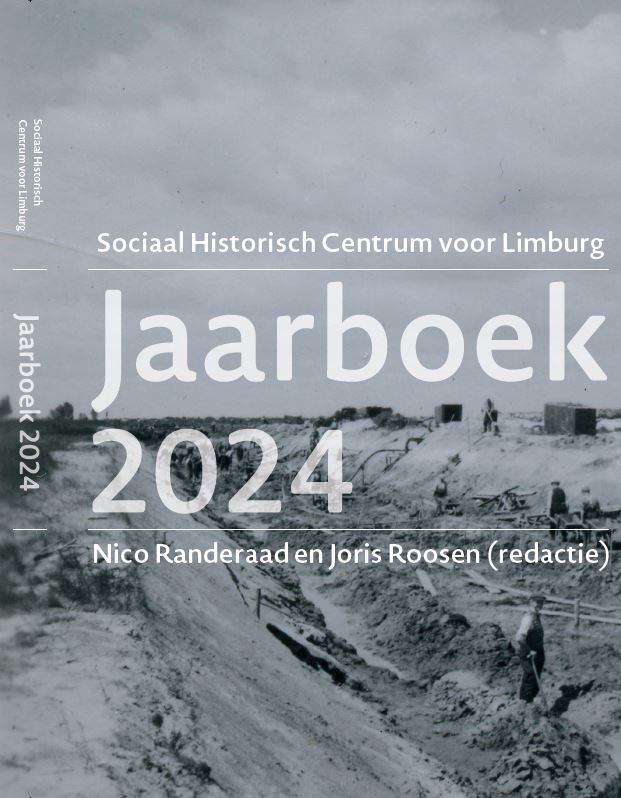Leven met het landschap
Een oral history van de sociaal-culturele doorwerking van de industriële en postindustriële transitie in de Limburgse mijnstreek 1900-heden
DOI:
https://doi.org/10.58484/ssegl.v69i21888Trefwoorden:
landschappen, Limburg, Mijnstreek, mijnbouw (steenkool)Samenvatting
This study applies oral history to gain insight into the attribution of meaning to the changing landscape of South Limburg’s mining region since 1900. Our main source material consists of dialect recordings from 1965-1977 and interviews conducted within our project Children of the Colony. While historiography largely focuses on the ‘black to green’ transition after the mine closures, we show that already since the beginning of the twentieth century, far-reaching demolition projects often specifically targeted rural heritage. In the mining region administrators prioritised the expanding mining industry and associated housing projects over built and natural heritage in an enduring dynamic of modernisation, strongly focused on what was interpreted as the socio-economic future. Both the dialect conversations and our interviews reveal how ordinary people dealt and deal with these far-reaching landscape developments. Thus, oral history discloses how the constant dynamism in the mining region has evoked varying emotions. Experiences of loss and anger at the demolition of historical heritage and romanticisation of the (urban) landscape of their youth are combined with realism about the inevitability of progress. In addition, and in relation to the history of both urbanised and rural landscapes, oral history allows to nuance platitudes and commonplace stories.
Downloads
Downloads
Gepubliceerd
Nummer
Sectie
Licentie

Dit werk wordt verdeeld onder een Naamsvermelding-NietCommercieel 4.0 Internationaal licentie.


